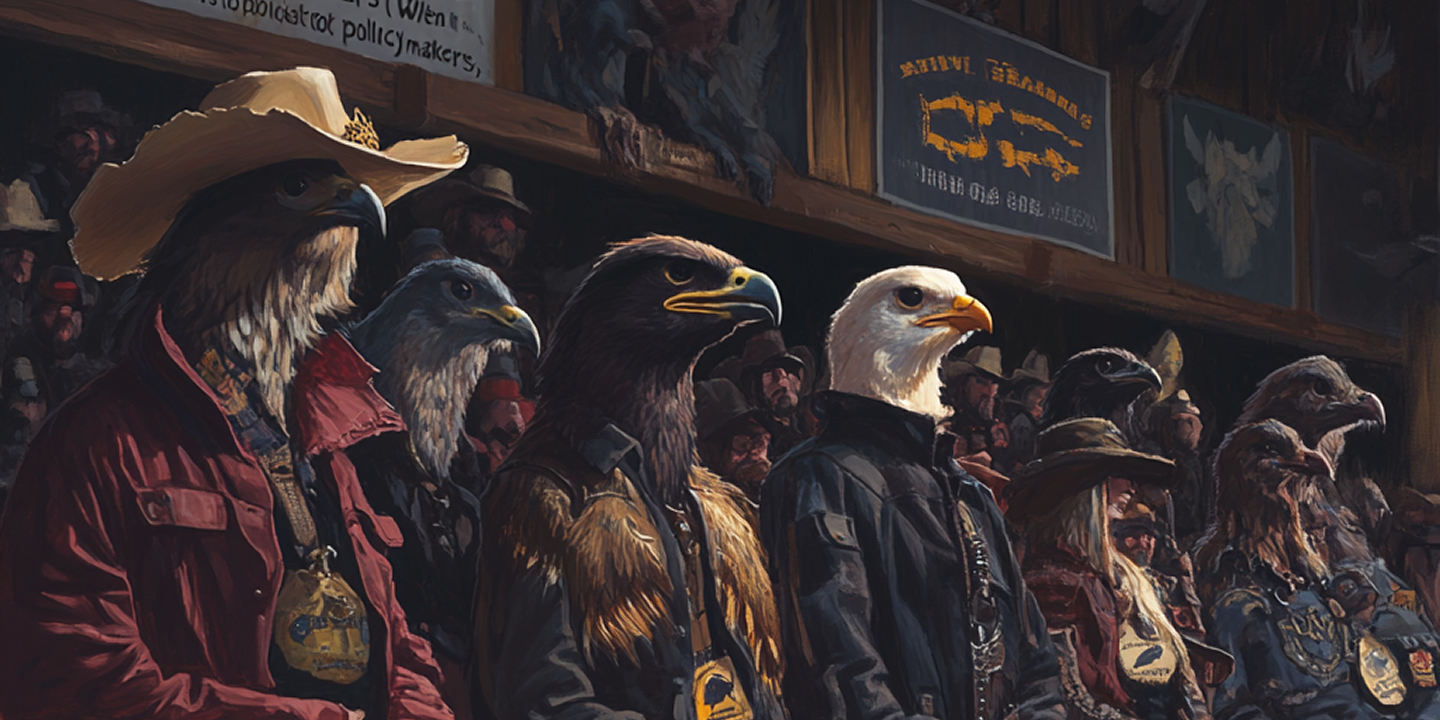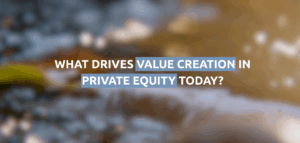Happy Sunday all! We have a week of holidays ahead (Canada Day and Independence Day) and I look forward to connecting with many of you at the Calgary Stampede later this week. Just like the Stampede, markets have animal spirits represented as bulls (as well as bears). When it comes to policy makers, doves and hawks are the animals of choice for different policy styles. What are doves and hawks and why is this relevant today?
Doves and Hawks
Policy makers are often referred to as doves (or dovish) and hawks (or hawkish) in relation to their stance. In terms of foreign policy, it is used to describe aggression while in monetary policy terms it refers to the difference in being accommodative (dove) or tighter (hawk). Doves tend to prefer looser policy with more focus on driving economic growth and employment, while tolerating higher inflation levels. Hawks are the opposite, preferring to keep policy tight (higher rates, less accommodating) with a keen focus on inflation.
Over the last few years, we have been faced with much more hawkish like behaviour in U.S. monetary policy with Chairman Powell often pointing to higher than target inflation levels for the rationale for maintaining relatively high interest rates. Here in Canada, inflation has subdued, allowing the Bank of Canada room to be more dovish and cut interest rates.
So why would Chairman Powell not just cut interest rates to appease everyone?
Too Late Powell
Prince released When Doves Cry as part of the epic 1984 movie soundtrack to Purple Rain. Last week, Trump referred to Jerome Powell, Federal Reserve Chairman, as a numbskull for not cutting interest rates. To quote Prince “Why do we scream at each other? This is what it sounds like when doves cry”
Here is more of the post that Trump made last week:
“‘Too Late’ Powell complains about costs, much of which were produced by the Biden Fake ‘Government,’ but he could do the biggest and best job for our Country by helping to lower interest rates and, if he reduced them to the number they should be, 1% to 2%, that ‘numbskull’ would be saving the United States of America up to $1 Trillion Dollars per year.”
It’s interesting to check this statement and then question the implications of rate cuts.
Interest Expense
The current debt load of the U.S. Treasury is around $36 trillion. With interest rates at their current levels, the annual interest expense is approximately $1.1 trillion. If you make a back of the envelope calculation and assume that the current debt load is financed at the FED Funds Rate (currently the range is 4.25% to 4.5%), then a cut in rates to 1.5% would save the Treasury just over $1 trillion per year in interest costs annually (assuming all the debt was instantly refinanced at the lower rate). Hence, Trump’s message that high interest rates are hurting the country.

In practice, the outstanding bonds and bills that the U.S. Treasury has issued aren’t all at the FED funds rate. They are issued at different interest rates and different maturities. By the end of the year, the U.S. government will have rolled over around $9.2 trillion worth of debt in 2025. Much of this was issued at lower interest rates than those currently priced into the market. Most of this will be rolled into shorter maturity debt because 1) shorter term debt may have the ability to benefit from lower interest rates once it is rolled again over the next 12 months and 2) there appears to be lower demand from the market for longer term bonds.
Turning Dovish?
So why wouldn’t Powell turn dovish and start cutting interest rates? Most central bankers think about a dual mandate of 1) full employment and 2) controlled inflation. It is often hard to keep these two goals harmonized as increased employment tends to lead to inflation. Inflation, measured by the annual rate of change in the PCE Index, has declined to close to the target level of 2% (see chart below). However, Powell just this week again cited the uncertainty around tariffs as an inflationary force, where the impact is currently unknown, as rationale for not cutting interest rates.

Accommodative policy, such as cutting interest rates, increases spending as participants can finance debt at lower costs (which may increase their disposable income in the case of households) or make new projects profitable (in the case of businesses). Increased spending, in the absence of increased supply, leads to higher prices and therefore inflation.
It could all be a matter of time as Jerome Powell’s term as the chair of the Federal Reserve comes to an end in May 2026. Trump has made it loud and clear that he does not intend to re-appoint Powell.
In the meantime, we will hear a lot of cries from doves.



